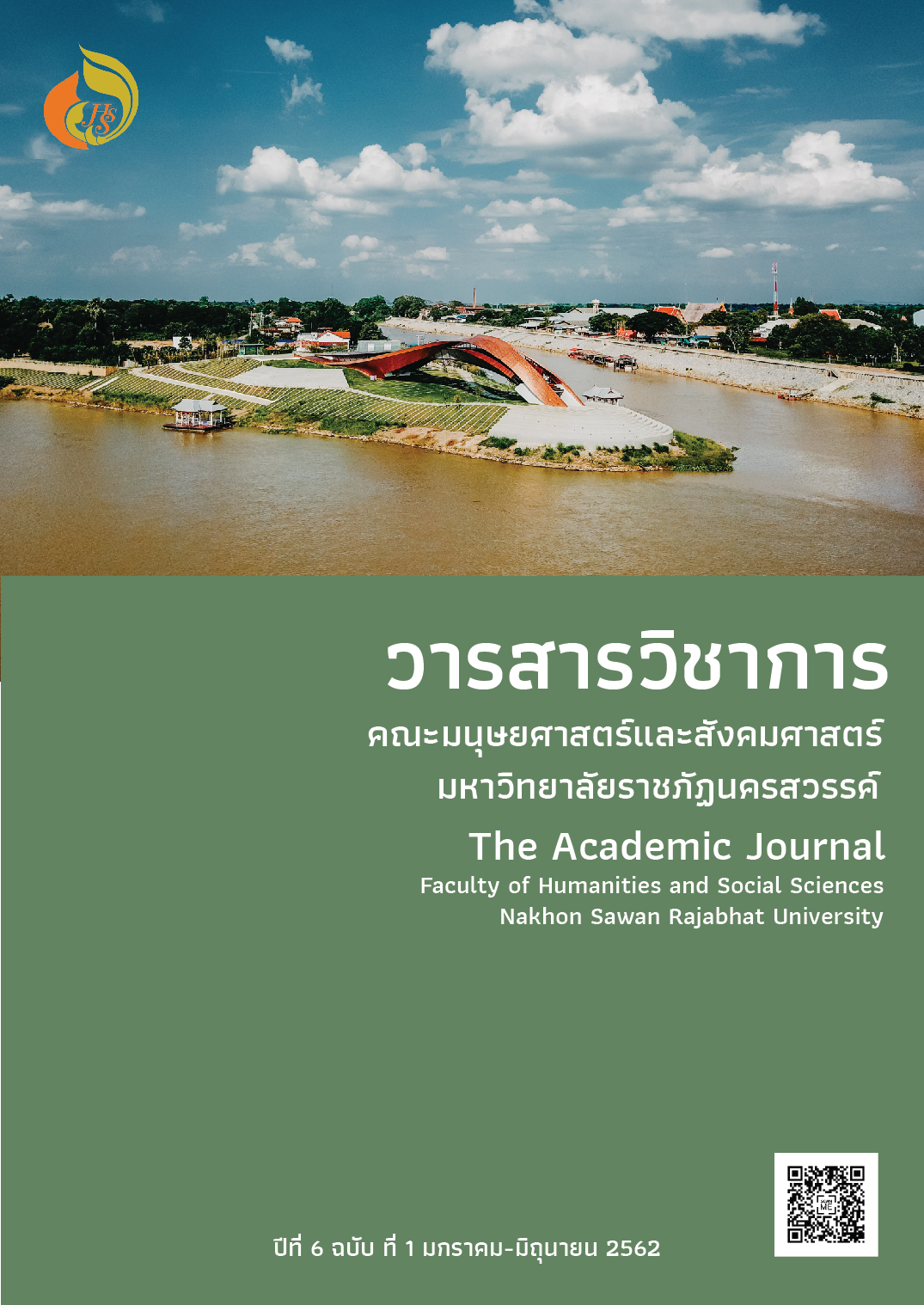Geographical indication protection for sustainable development: a study of TRIPS agreement
Main Article Content
Abstract
As the Agreement on Trade-Related Aspects of Intellectual Property Rights (TRIPs Agreement) has a number of member countries (states) and it also provides protection for geographical indications by compromising between the countries (states) determining to protect them under the exclusive legal system and those that protect them under the trademark system, therefore; the appropriate registration of geographical indications at an international level under TRIPs Agreement can help reduce international conflicts from the use of geographical indications in bad faith of other countries. The good result of the international registration under the TRIPs Agreement will lead to the use of geographical indications by the international community as a tool for promoting sustainable development that determine to development and at the same time keeping balance among economic, social, and environmental aspects. Keywords: Geographical Indication, Sustainable, TRIPs Agreement
Article Details
References
Kranti Mulik and John M. Crespi. (2004). Geographical indications and the trade related intellectual property rights agreement (TRIPS): A case study of Basmati Rice exports”. Journal of Agricultural & Food Industrial Organization. 9 (1(4)): 432, Retrieved March 21, 2017 from http://lib.dr.lastate.edu/cgi/viewcontent.cgi?article=1503&context=econ_las_pubs.
Michael Blakeney. (2007). Geographical Indications and Trade. Retrieved April 1, 2016 from http://www.turin-ip.com/course-documents/documents-2007/archive/2007-edition/trademarks/geographical-indications/Geographical_indications1.
Nicholas Grossman. (2015). Thailand’s Sustainable Development. Bangkok: Editions Didier Millet (EDM).
Rosemary J. Coombe, Sarah lves, and Daniel Huizenga. (2014). The social imaginary of geographical indications in contested environments: the politicized Heritage and the racialized landscapes of South African Rooibos Tea. In The sage handbook of intellectual property. p. 225, Retrieved August 15, 2018 from https://www.researchgate.net/publication/294682945_The_social_imaginary_of_geogr aphical_indicators_in_contested_environments_Politicized_heritage_and_the_racialize d_landscapes_of_South_African_Rooibos_Tea
Sudhir Ravindran and Arya Mathew. (2015). The Protection of Geographical Indication in India – Case Study on‘Darjeeling Tea’. International property rights 58 index 2009 report. Retrieved August 1, 2017 from http://www.altacit.com/wp-content/uploads/2015/03/The-Protection-of-Geographical-Indication-in-India-Case-Study-on-Darjeeling-Tea.
The Agreement on Trade-Related Aspects of Intellectual Property Rights
The Geographical Indications of Goods (Registration and Protection) Act, 1999 No.48 of India
The Geneva Act of the Lisbon Agreement on Appellations of Origin and Geographical Indications
The Lanham Act of 1946
The Lisbon Agreement for the Protection of Appellations of Origin and Their International Registration
The Regulation (EU) No 1151/2012
U.S. Department of Agricultural, Foreign Agricultural service. Proposed protection of Geographical Indications in South Africa. Retrieved March 21, 2017 from http://www.idfa.org/docs/default-source/d-news/gain_report_8-26-2014.


